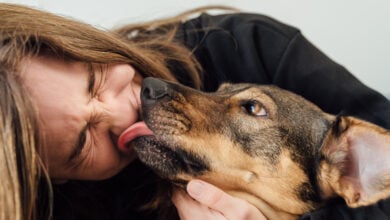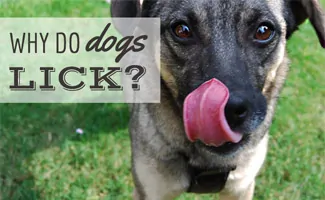Why Does My Dog Run In Circles? The Surprising Science Behind Zoomies Revealed!
When you purchase through links on our site, we may earn a commission. Here’s how it works.
Have you ever settled down for a quiet night, only to have your dog suddenly barrel through the room with a wild burst of energy? Or maybe you’ve noticed their need to frantically run in circles after a bath, leaving you laughing or scratching your head in confusion? This strange and often entertaining behavior is commonly referred to as “dog zoomies,” and it seems to affect almost every canine companion at some point.
Table of Contents
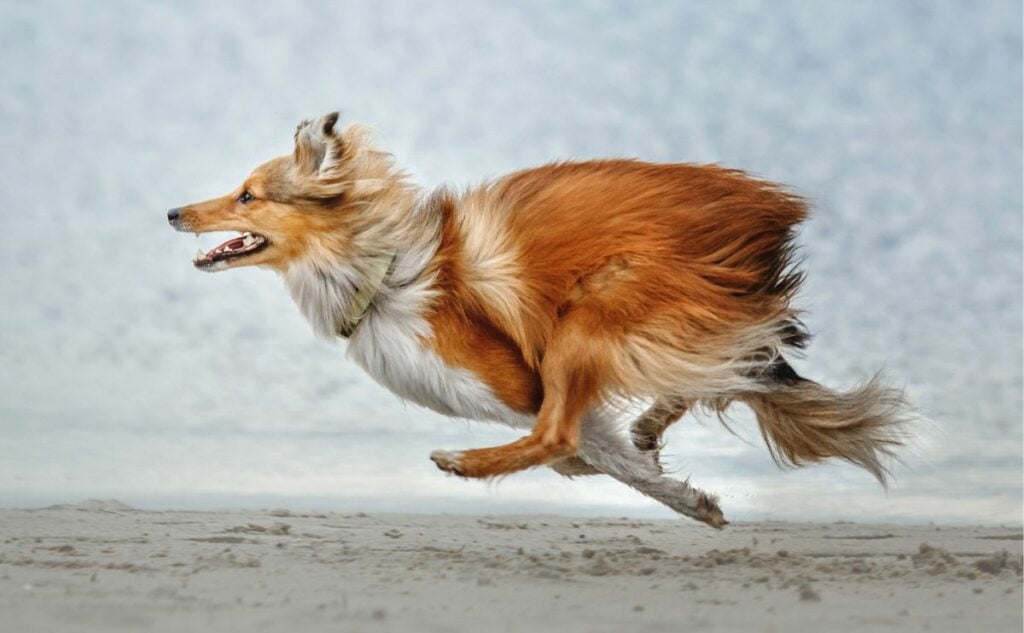
So, what exactly are dog zoomies, and why do they happen? Are they just a quirk of canine nature, or is your pup trying to tell you something?
What Are Dog Zoomies?
The term “zoomies” refers to those hilarious and chaotic moments when our dogs suddenly take off, running at full speed with seemingly no direction or purpose. Officially known as frenetic random activity periods (FRAPs), these outbursts are a perfectly normal part of canine behavior. They’re essentially a way for dogs to release pent-up energy in one sudden, frantic burst.
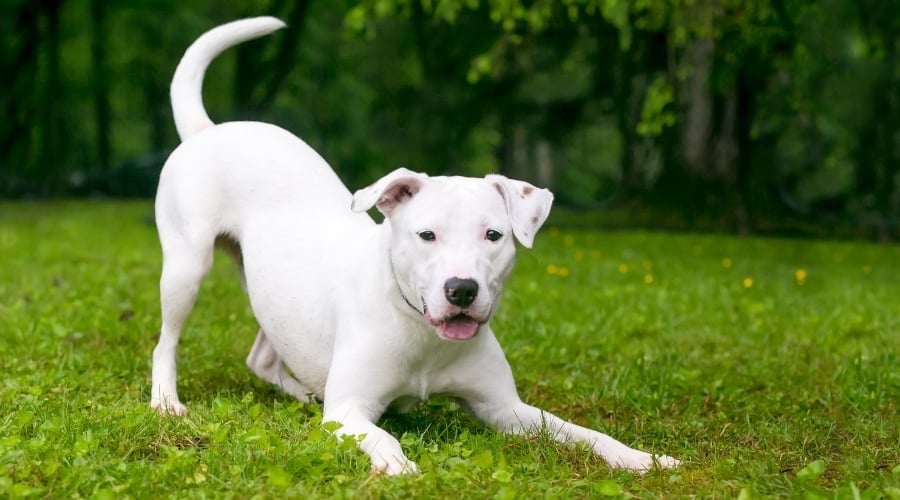
While it might seem like your dog has lost their mind for a few seconds, there’s actually a method to this madness—it’s their instinctive way of rebalancing their energy levels after periods of rest, excitement, or inactivity.
During a zoomie episode, you might notice a distinct look in your dog’s eyes, almost as if they’ve tapped into their inner puppy. Their tail is often slightly tucked, signaling heightened energy and excitement, and their movements become delightfully unpredictable. They may dart around the room, zigzagging or spinning in circles, often accompanied by playful barking or panting. It’s as if they’re saying, “I just need to move right now!” This behavior is not only natural but also a sign that your dog is feeling happy and comfortable enough to let loose.

Zoomies are most commonly seen in younger dogs or breeds with higher energy levels, but almost all dogs experience them at some point. Puppies, in particular, are known for their frequent and enthusiastic zoomie episodes, as they are still learning how to manage their boundless energy. However, even older dogs can surprise you with a zoomie session, often triggered by something exciting like the sound of their leash, a favorite toy, or even just a cool breeze outside.
While zoomies might appear random, they are often predictable if you pay attention to your dog’s routine. Common triggers include moments of high excitement, such as after a bath, during playtime, or when their favorite human comes home.
Zoomies can also occur after long periods of inactivity, like being crated or resting for hours, as dogs release all the energy they’ve stored up. Understanding this context can help you appreciate the joy and spontaneity of zoomies while managing their timing and environment to ensure everyone stays safe.
But could something more innate be causing these bursts of energy, and is there a scientific explanation for this quirky canine behavior?
Science Behind The Zoomies
While researchers haven’t pinpointed an exact cause, experts widely agree that zoomies are primarily a way for dogs to release pent-up energy. Much like humans might feel the urge to stretch or take a brisk walk after sitting for hours, dogs use these frenetic bursts of activity to burn off excess energy and relieve tension. It’s a natural, instinctive behavior that helps them reset both physically and mentally. FRAPs are considered a healthy and normal expression of a dog’s need for movement and excitement.
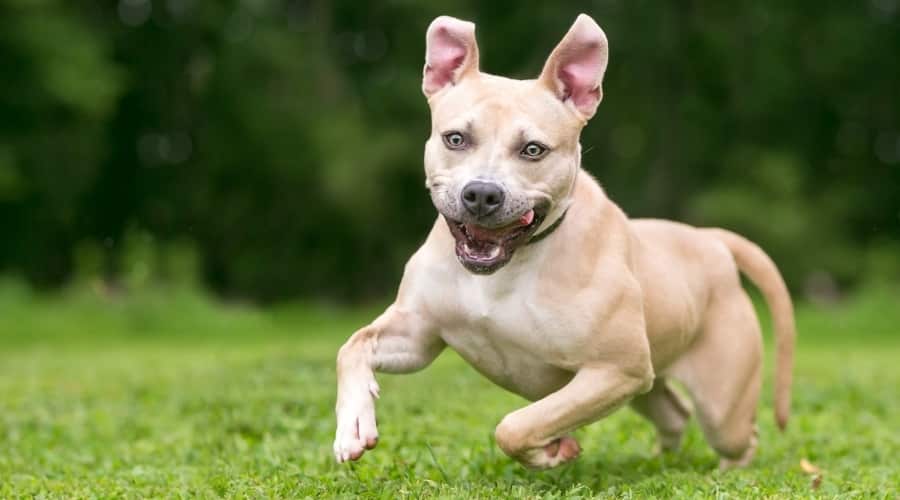
Zoomies are often triggered by transitions in a dog’s daily routine. For instance, many dogs exhibit this behavior after finishing dinner, using the extra energy from their meal to fuel a short sprint around the house. Similarly, some dogs get the zoomies after a walk, as they process the excitement and stimulation they’ve just experienced. Basically, anything that sparks joy or shakes up their routine can trigger the zoomies.
Additionally, zoomies might serve as a way for dogs to release nervous energy or overstimulation, helping them self-regulate their emotions. Paying attention to when zoomies occur can provide valuable insights into your dog’s mood and overall well-being, offering clues about what excites or overwhelms them.
Zoomies are considered a normal and healthy part of canine behavior, typically lasting anywhere from 30 seconds to a minute. While they’re usually harmless, they can occasionally pose a concern, especially if you have a large or overly enthusiastic dog zooming around in a confined space. A big dog in full zoomie mode could accidentally knock over furniture, small children, or even adults. In such cases, it’s important to ensure your pup has a safe area to let out their energy without causing unintended chaos or injury.
To dive deeper into the science behind dog zoomies, check out this video that explores expert theories while treating you to adorable clips of dogs in full zoomie mode. Seeing the science paired with real-life examples will not only make you smile but also deepen your understanding of this quirky, delightful behavior.
Are Zoomies Common In Young Dogs?
Young dogs are bundles of energy, constantly exploring their environment and engaging with the world around them. This abundance of enthusiasm often makes them more prone to zoomies, especially if their exercise needs aren’t fully met on a daily basis. Without sufficient outlets for their energy, puppies and younger dogs may use zoomies as a way to burn off steam, much like a child might run around a playground after sitting still for too long. However, even with regular exercise and mental stimulation, their youthful exuberance can lead to spontaneous bursts of activity, reminding us just how vibrant and full of life they are.
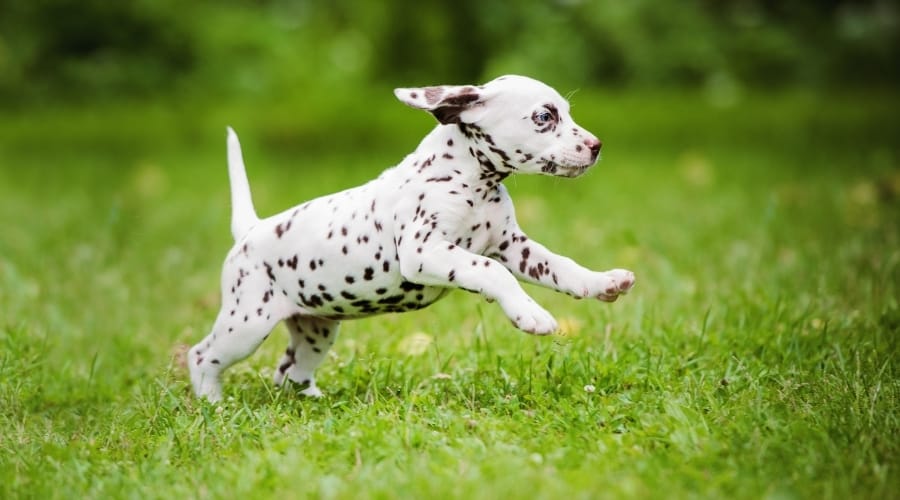
In younger dogs, zoomies can be an almost daily occurrence, often triggered by excitement, play, or transitions in their routine. For instance, a young dog might zoom around the yard after a walk or dart through the living room after a round of tug-of-war. These moments of frantic energy are a reflection of their physical vitality and growing bodies. As they age and their energy levels naturally decrease, you’ll likely notice these episodes of zoomies happening less frequently.
While zoomies in young dogs are often hilarious and endearing, they also serve as a sign that your dog is happy and healthy. Puppies, in particular, seem to find immense joy in their zooming adventures, dashing around with a carefree spirit that’s hard not to smile at. Over time, as they mature, you’ll see their energy levels even out, and zoomies will become a rare, nostalgic occurrence. Until then, it’s best to embrace the chaos and create safe spaces for your energetic pup to enjoy these high-speed bursts without risk of harm to themselves or your surroundings.
Top 5 Reasons Dogs Do Zoomies!
Dogs can get the zoomies for multiple reasons. From normal excitement to lack of proper exercise, many things can cause our pups to zoom. To help you better understand the behavior, let’s explore the causes below.
1. Getting The Zoomies Outside
Some dogs seem to associate the outdoors with pure freedom, and for them, stepping outside is like flipping a switch for zoomie mode. The sight of a wide-open space—a yard, park, or field—can be irresistible, offering an opportunity to unleash their energy in ways that aren’t possible indoors. Dogs instinctively know they have more room to run and explore outside, making it the perfect setting for those joyful, erratic sprints. When off-leash, this sense of freedom is amplified, allowing them to dart, zigzag, and spin to their heart’s content without the constraints of furniture or walls.
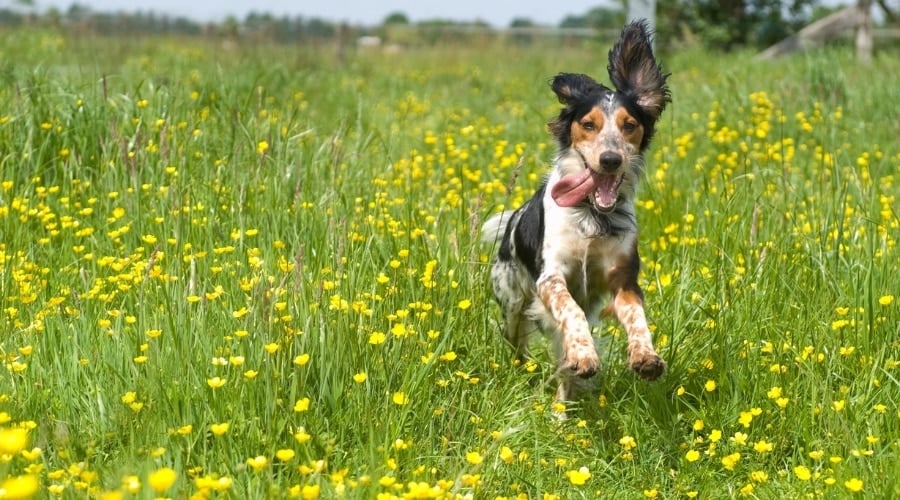
The excitement of being outdoors is often heightened by the natural stimulation of sights, sounds, and smells. Whether it’s the rustling leaves, the feel of grass under their paws, or the scent of other animals, these elements can trigger a surge of energy that manifests as zoomies. For dogs, outdoor time is a chance to engage with their environment fully, and running around at full speed can be their way of celebrating the sensory overload. It’s not just about burning energy—it’s about pure, unfiltered joy.
If your dog regularly gets the zoomies outside, it’s a good sign they’re happy and enjoying their time with you. In fact, these outdoor bursts of energy can have added benefits, as they help your dog regulate their activity levels. The more they run and play outside, the more likely they are to wind down and relax when they come back indoors. This is especially helpful for high-energy breeds or younger dogs who might otherwise find it harder to settle down.
Encouraging zoomies in a safe outdoor space can be a healthy way to let your dog blow off steam. Whether it’s in a secure yard or at a dog park, giving them room to run freely ensures they can express themselves without the risk of accidents. Plus, watching your dog’s unbridled joy as they race around outside is not only entertaining but also a reminder of the simple happiness they find in everyday moments.
2. Zoomies While Playing
Does your dog suddenly take off in a whirlwind of energy during a game of fetch or tug-of-war? Zoomies are a common way for dogs to amplify their playtime, especially when they’re already in the throes of excitement. During interactive play, adrenaline levels can spike, causing your pup to suddenly shift gears into high-speed mode. These bursts of energy are often a sign of pure enjoyment and a way for dogs to fully express their happiness. It’s as if they’re saying, “This is the best game ever—let’s make it even better!”
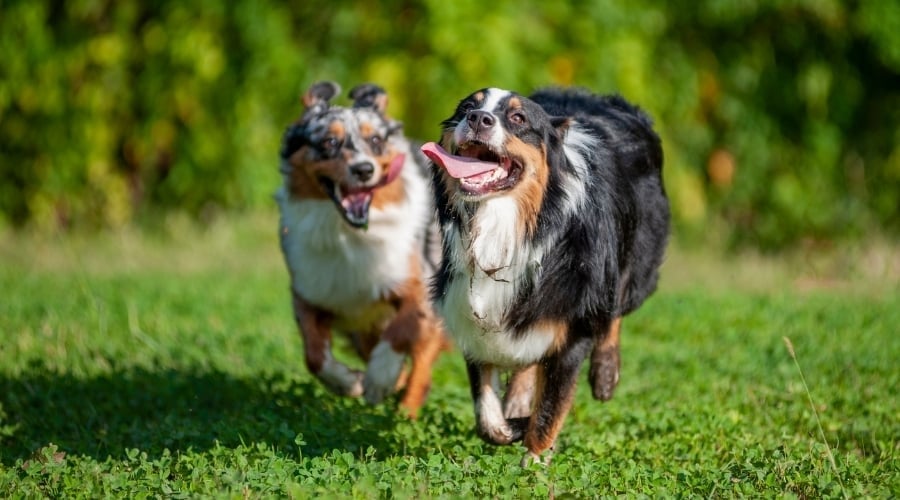
Fun Fact: Zoomies Are Contagious Among Dogs!
If you’ve ever taken your dog to a dog park, you might have noticed that one dog’s zoomies can set off a chain reaction. Other dogs often join in, creating a playful and energetic pack frenzy.
When other dogs are involved, zoomies can become even more pronounced. Playdates and trips to the dog park often spark group zoomies, where multiple dogs take turns chasing, dodging, and sprinting alongside each other. This behavior is not only fun for them but also an important part of social bonding. Zooming together helps dogs burn off energy while engaging in a shared activity that strengthens their connection. Watching a group of dogs joyfully sprint around together is one of the most entertaining and heartwarming sights for dog owners.
For dogs, zoomies during play aren’t just about burning energy—they’re also about engaging with their instincts. Running at top speed mimics the natural play behaviors of chasing and fleeing, which are rooted in their evolutionary history as hunters and pack animals. This instinctual element adds another layer of enjoyment to the experience, making it feel more exciting and fulfilling for your pup.
If your dog consistently gets the zoomies during play, it’s usually a sign that they’re having a blast. Just be sure to keep an eye on their environment to ensure their high-speed antics remain safe. Clear away any obstacles that could cause accidents, and supervise their interactions with other dogs to make sure everyone is playing nicely. Embracing your pup’s playful zoomies not only makes playtime more enjoyable but also gives you a front-row seat to their unfiltered joy.
3. Zoomies After Bathing
The post-bath zoomies are one of the most common and entertaining displays of canine energy. As soon as your dog is released from the tub, they often explode into a whirlwind of activity—darting around the house, rubbing themselves on furniture, and rolling on carpets or grass. While it might look chaotic, this behavior is quite normal and serves a few potential purposes. For many dogs, bath time can be an overwhelming experience, and the zoomies are their way of releasing the nervous energy they’ve built up during the process.
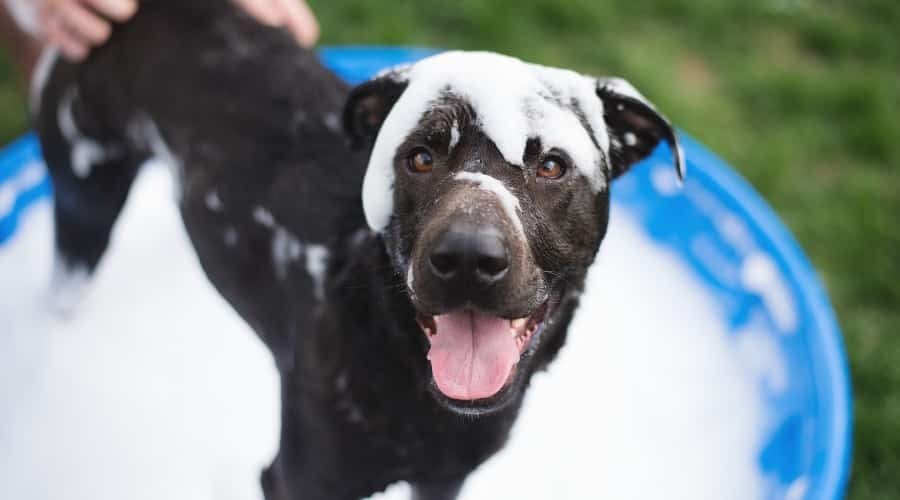
Baths are often not a favorite activity for dogs, as the sensation of being wet, the unfamiliar smells of shampoo, and the confinement of the tub can all contribute to mild stress or discomfort. Once the bath is over, the sudden freedom combined with the relief of being done with the ordeal can trigger a burst of energy. This frantic running and jumping might be your dog’s way of saying, “Finally, I’m free!” and shaking off the lingering tension from the experience.
In addition to releasing nervous energy, post-bath zoomies might also serve a more practical purpose. The act of running around and rolling on surfaces helps dogs dry themselves off faster, especially if they’re not fully towel-dried. Rubbing against furniture or carpets can be their attempt to get rid of the unfamiliar scent of shampoo, restoring their natural smell. For dogs, who rely heavily on their sense of smell, returning to their familiar scent can be comforting and reassuring.
If your dog regularly gets the zoomies after a bath, embrace it as part of their unique way of coping with and recovering from the experience. Just make sure to create a safe environment by clearing away obstacles and ensuring they don’t slip on wet floors. Watching their joyous post-bath antics can turn an otherwise mundane chore into an amusing and heartwarming moment that showcases their personality and resilience.
Our Personal Experience With Bath Time Zoomies
I have two dogs: my Bull Terrier mix, Bonkers, is a senior, and my Doxie, Chips, is an adolescent. Bonkers absolutely hates bath time, and my Doxie doesn’t mind it. However, they both get the zoomies after bath time. As soon as I lift them out of the tub and their paws hit the floor, they turn into possessed demons whizzing around the home. Their favorite thing to do while zooming is digging into the couch and my bed (never theirs), drying themselves off wherever I don’t want them to. I have an extra absorbent microfiber towel ready in the bathroom, and I only open the door when they’re mostly dry.
The dog zoomies are so funny, and my toddler loves watching them go crazy. Despite being a senior, Bonkers gets the zoomies regularly. Increasing his activity made no difference, and he still gets them several times a day. He even jumps up the walls, making me believe he was a parkour champion in a previous life.
– Emma Braby, Rescue Dog Mom & Writer For Canine Journal
4. Zoomies After Potty Breaks
Zoomies after potty breaks have long been a curious and amusing behavior among dogs, leaving pet owners wondering what’s going through their furry friend’s mind. While no one knows for certain why dogs often race around after doing their business, experts have proposed a few intriguing theories to explain this post-bathroom burst of energy. Whether it’s relief, instinct, or pure joy, bathroom zoomies are a unique quirk that highlights your dog’s personality and connection to their environment.

One possibility is that dogs feel a sense of relief and satisfaction after relieving themselves, especially if they’ve been holding it in for a while. This physical release might bring a surge of energy, prompting a celebratory “victory lap.” For dogs, these sprints could be their way of expressing comfort or even exhilaration after completing a necessary task. Think of it as their version of a happy dance fueled by the sense of accomplishment and comfort they feel.
Another explanation ties into a dog’s natural instincts related to territory and scent marking. Dogs have scent glands on the pads of their feet, and by kicking up the ground after going potty, they’re spreading their scent to mark their territory. This behavior, often accompanied by frantic running, could be a way for them to reinforce their presence in the area, ensuring their scent is distributed as widely as possible. It’s as if they’re declaring, “This is my space, and I want everyone to know it!”
In some cases, the excitement of being outdoors might also play a role. After focusing on their bathroom routine, the fresh air, open space, and smells of the yard might reignite their playful side. Bathroom zoomies could simply be an expression of happiness and enthusiasm about being outside and free to move. Whatever the reason, these post-potty sprints are harmless, often hilarious, and a great reminder of the quirky joy that comes with sharing life with a dog.
5. Zoomies Due To Lack Of Exercise
Zoomies are often a sign of pent-up energy, and when dogs don’t receive enough exercise or mental stimulation, these bursts of energy can become more frequent and intense. Regular physical activity is essential for a dog’s well-being, with most dogs needing at least 15 minutes of exercise daily, while high-energy breeds like Border Collies, Huskies, and Labradors may require an hour or more. For younger dogs, whose energy levels are naturally higher, this need becomes even more critical. Without proper outlets, their unspent energy can manifest not only as zoomies but also in less desirable behaviors.

When dogs don’t get enough exercise, their excess energy can lead to frustration, boredom, and restlessness. This can result in repeated zoomies throughout the day, often indoors, where their frantic movements may lead to chaos or accidents. Beyond zoomies, under-stimulated dogs might also display destructive behaviors such as chewing furniture, digging up the yard, or excessively barking. In some cases, they might resort to mouthing, jumping, or even aggression, as they struggle to find ways to cope with their unfulfilled needs.
If you notice your dog having frequent zoomies or engaging in disruptive behaviors, it’s a good indication that they need more structured activity in their daily routine. Increasing their outdoor time is a great start, whether it’s through longer walks, jogs, or trips to a secure off-leash area. Interactive toys, such as treat-dispensing puzzles or snuffle mats, can provide mental stimulation that helps tire them out without physical exertion. Playing games like fetch, tug-of-war, or hide-and-seek can also help burn energy while strengthening your bond.
Engaging in activities that align with your dog’s natural instincts, like scent work, agility courses, or even simple backyard obstacle challenges, can be particularly rewarding for both of you. Finding what your dog enjoys most will not only reduce zoomies and undesirable behaviors but will also contribute to their overall happiness and health. By channeling their energy productively, you’ll have a calmer, more content pup and a more harmonious home.
Should I Try To Stop The Zoomies?
Dog zoomies are a perfectly normal and harmless behavior for most pups. These sudden bursts of energy provide an outlet for dogs to release pent-up energy and express their joy, often becoming a cherished part of their daily routine. Many pet owners find zoomies endearing and entertaining, making it a delightful display of their dog’s playful nature. However, when zoomies start causing disruptions or pose a safety risk, it’s natural to wonder if you should intervene.
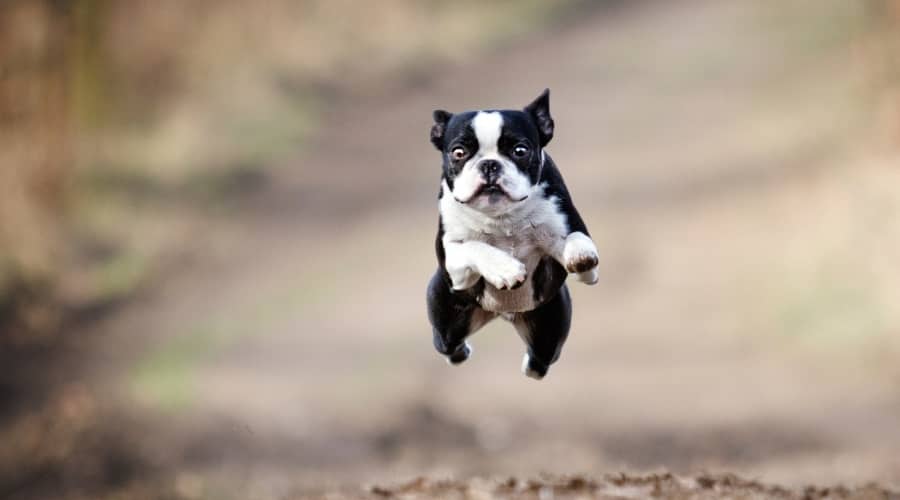
In most cases, zoomies don’t require intervention. They’re a healthy way for dogs to self-regulate their energy levels, and many dogs seem to genuinely enjoy these moments of exuberance. However, if your dog’s zoomies frequently lead to chaos—like knocking over furniture, startling young children, or breaking household items—it may be worth taking steps to minimize their impact. One of the best ways to address this is by increasing your dog’s daily exercise and mental stimulation, as this can help channel their energy more constructively.
That said, it’s important to recognize that zoomies can sometimes happen regardless of how much exercise a dog gets. Certain dogs are simply more prone to this behavior due to their temperament or breed characteristics. If additional exercise and stimulation don’t curb the frequency of zoomies, managing the environment is the next best option. For instance, limiting your dog’s access to a safe, open area during zoomie episodes can prevent injuries and damage. Using dog gates, confining them to a single room, or keeping breakable items out of reach are practical solutions for zoomie-proofing your home.
If you’re worried about safety, particularly with large or energetic dogs, communication with others in your household can also help. Letting everyone know when a zoomie episode is about to start allows them to prepare and stay clear of your pup’s path. Ultimately, while zoomies may occasionally be inconvenient, they’re a natural and harmless part of many dogs’ behavior. By finding a balance between allowing your dog to enjoy their zoomie moments and managing their environment, you can ensure that everyone stays safe and happy.
Can I Prevent Dog Zoomies If I Want To?
While some dogs are naturally prone to zoomies, several ways exist to help reduce their frequency, especially in active pups. Since zoomies often result from pent-up energy, providing your dog with regular physical and mental stimulation is key to prevention.

Fun Fact: Zoomies Can Happen In The Middle Of The Night
Have you ever been woken up by your dog racing around the house at 2 a.m.? Dogs can get zoomies anytime, including during what seems like the middle of their sleep cycle, to release random bursts of energy.
By addressing their activity needs, you can channel their energy into productive outlets, leaving less room for those sudden bursts of frenzy. Here are a few effective strategies tailored to your dog’s preferences and energy levels:
Daily Walks
Taking your dog on consistent daily walks is one of the easiest ways to ensure they get the exercise they need. Walks not only provide physical activity but also engage your dog’s mind through new sights, smells, and sounds. For high-energy dogs, consider extending the duration or increasing the pace of your walks to help them burn more energy.
Fetch & Tug-Of-War
Interactive games like fetch and tug-of-war are excellent ways to tire out an energetic pup. Fetch allows them to release energy in quick bursts, while tug-of-war provides both physical and mental engagement. Playing until your dog shows signs of fatigue can go a long way in preventing zoomies later in the day.
Mental Stimulation
Mental exercises can be just as tiring as physical ones. Games like sniffing challenges, puzzle toys, or teaching new tricks engage your dog’s brain, leaving them feeling more fulfilled and less likely to zoom around. Activities that tap into their natural instincts, such as hiding treats for them to find, can be particularly satisfying.
Outdoor Adventures
Exploring the great outdoors with your dog can be both invigorating and enriching. Basic hikes offer a chance for dogs to stretch their legs, explore new environments, and expend energy in a controlled manner. Swimming is another fantastic option for dogs who enjoy the water, as it provides a low-impact exercise that’s especially beneficial for breeds prone to joint issues.
Social Play
Allowing your dog to play with canine companions can help them burn energy while also satisfying their social needs. Trips to the dog park or planned playdates with other friendly dogs provide ample opportunity for running, chasing, and general playfulness. This not only reduces zoomies but also promotes positive socialization skills.
By incorporating these activities into your dog’s daily routine, you can significantly reduce the frequency and intensity of zoomies. While you may never eliminate them entirely—and who would want to miss out on those joyous moments?—a well-exercised and mentally stimulated dog is less likely to have excessive bursts of energy at inconvenient times. Instead, they’ll enjoy a calmer, more balanced lifestyle, making life easier for both of you.
Zoomies Across The Animal Kingdom: It’s Not Just A Dog Thing!
Zoomies aren’t just a dog phenomenon—they’re seen in other animals too, making them a fascinating expression of energy and emotion across species.

Cats
Cats, for example, are well-known for their “midnight crazies,” where they suddenly dart around the house, leap onto furniture, and pounce on invisible prey. Like dogs, this behavior in cats is often a way to release pent-up energy, and it’s especially common in young, playful felines or indoor cats who may not get as much exercise as their outdoor counterparts.
Rabbits
Rabbits also experience their version of zoomies, often called “binkies.” When rabbits are excited or happy, they’ll sprint in bursts and leap into the air, twisting their bodies in mid-jump. It’s an adorable sight and a clear indication that your bunny is content.
Wild Animals, Including Otters
Even wild animals exhibit similar behaviors. Otters, for instance, are known to engage in playful, high-energy bursts, especially in water. These zoomie-like episodes often happen during play or after meals, reflecting their joy and satisfaction.
Horses
Horses, too, can display zoomies, often galloping and bucking in a pasture when they’re feeling spirited or after being released into an open area.
The fact that zoomies occur across such a wide variety of species suggests they serve a universal purpose: releasing energy, expressing joy, or alleviating stress. While the specific triggers may vary depending on the animal, the underlying principle remains the same—a need to move, play, and let loose.
For pet owners and animal lovers, witnessing these high-energy bursts is a special moment. It’s a reminder of the pure joy and vitality that animals bring to our lives, whether they’re running wild in a yard, hopping in a rabbit hutch, or splashing playfully in a pool. Zoomies are nature’s way of showing us that sometimes, life’s simplest moments can bring the most delight.
Other Dog Activities To Enjoy
If you can’t beat them, join them! But if crashing around your home isn’t your thing, there are many other high-energy activities you can partake in to help them release their energy. Purchasing a flirt pole to use in the yard is a great activity for dogs who love to chase things, and you don’t have to exert too much energy. Alternatively, you can try barn hunting, which is a great activity for dogs who love to sniff things out. We also have a guide on how to get started in dog sports, such as agility or flyball.
Does your dog get the zoomies regularly? Have you found a way to calm them down? Or even rile them up? We love to hear our reader’s stories about their cute pups, so tell us in our comments section below.
Why Trust Canine Journal?
Dr. Amber LaRock is a licensed veterinary technician with an A.A.S in veterinary technology. She has taken her career online to spread knowledge on animal welfare. Amber grew up with a deep passion for helping animals and knew that it was her life’s purpose. After gaining her degree in veterinary technology along with her license, she began work in an emergency animal hospital. Amber assists Canine Journal, using her professional knowledge to help their reader’s better understand their pups.
